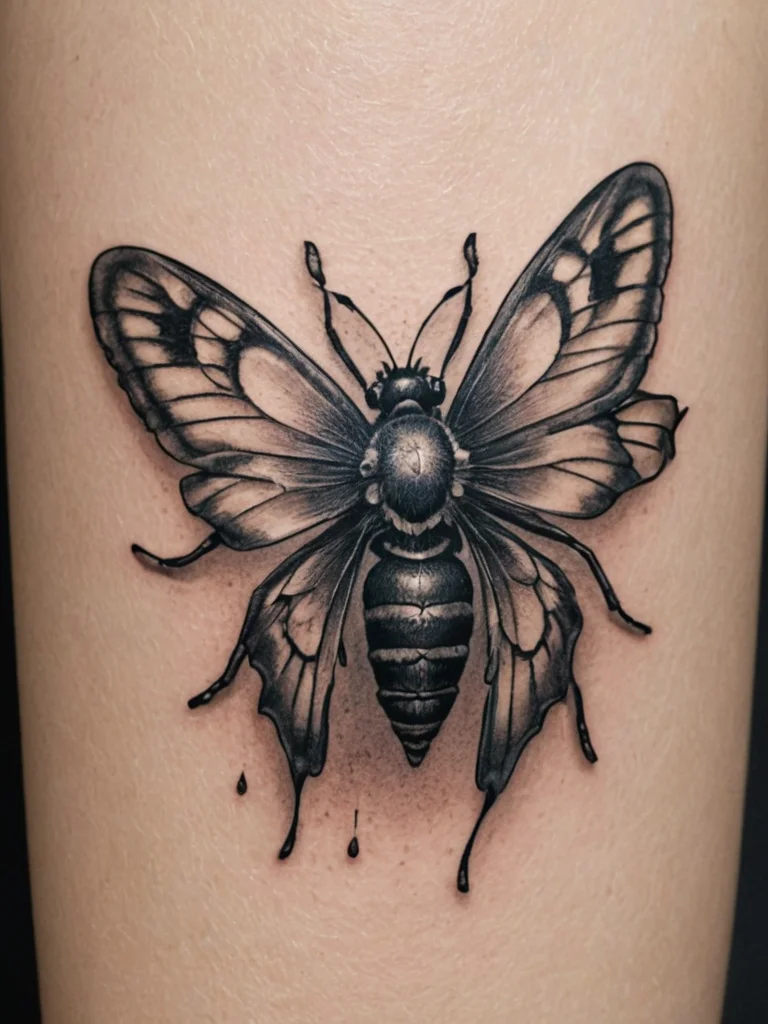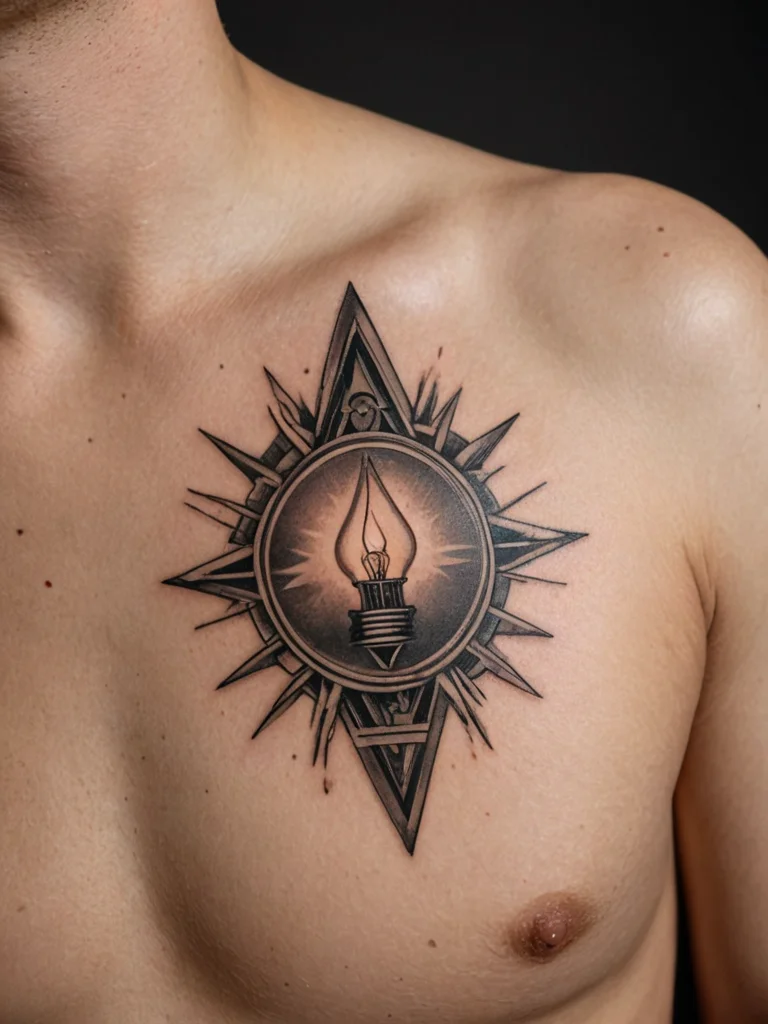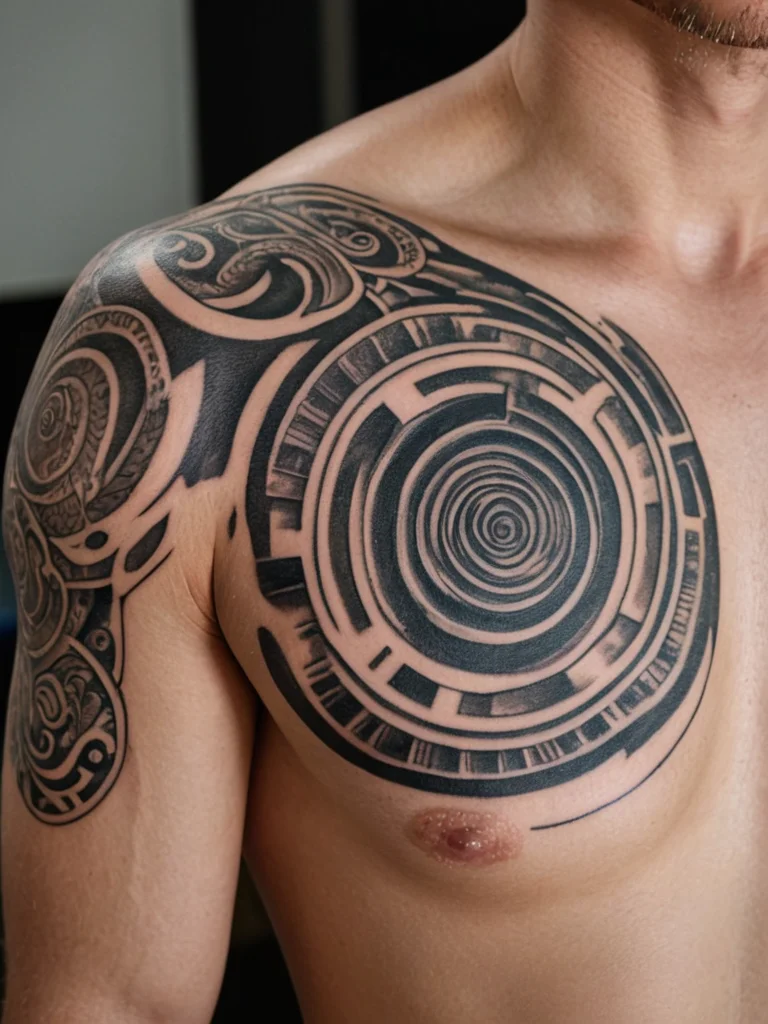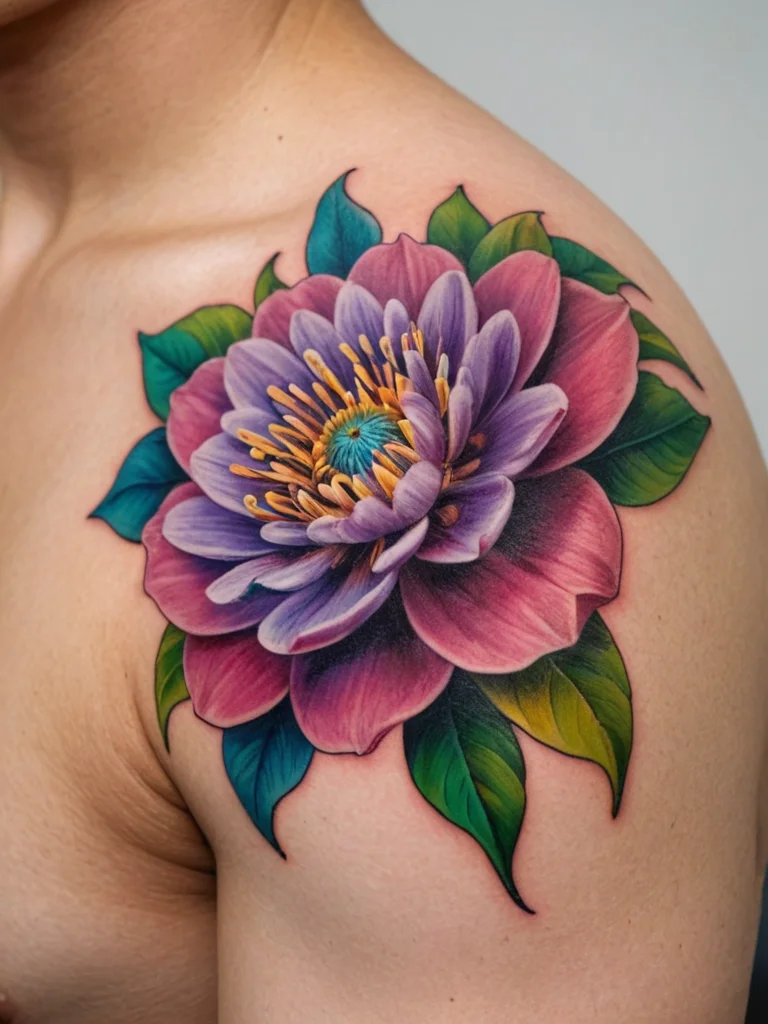The history of tattooing is as old as humanity itself, with evidence of inked skin dating back thousands of years. For much of this vast timeline, the application of ink was a painstakingly manual process. Early tattoo artists, often revered shamans, healers, or artisans, used tools crafted from natural materials, relying on skill, patience, and a deep understanding of the skin. These methods, while producing incredible artistry, were slow, often painful, and carried inherent risks. The journey from these rudimentary instruments to the sophisticated, high-speed machines of today is a fascinating narrative of human ingenuity, scientific advancement, and the relentless pursuit of perfecting the art of the tattoo. This evolution not only changed how tattoos were applied but also democratized the art form, making it more accessible and pushing the boundaries of what was artistically possible.
The first ink slingers: early tattooing tools and their limitations
Before the advent of electricity and precision engineering, the tools of the tattoo trade were remarkably simple yet effective. These early implements varied greatly across cultures and regions, each adapted to local materials and traditions. In many Polynesian cultures, for instance, tattoo artists used chisels made from bone, shell, or sharpened wood. These tools, known as *‘tau tatau’* or *‘toki’*, were tapped rhythmically with a mallet to drive ink-filled pigments into the skin. The process was deliberate and required immense skill to control the depth and precision of each tap. Think of the rhythmic, almost musical quality of this process, a stark contrast to the whirring of modern machines. Other cultures employed single needles or clusters of needles, often made from animal bones, thorns, or ivory. These were typically dipped into ink made from natural sources – soot, ash, plant juices, or minerals – and then manually inserted into the skin, line by line, dot by dot. The limitations of these methods were significant. The application was slow, sometimes taking days or even weeks for a single piece. Pain was a major factor, and the risk of infection was higher due to the difficulty in sterilizing natural materials effectively. The control over line weight and shading was also limited, dictated by the number and arrangement of needles and the artist’s manual dexterity. Despite these challenges, the artistry achieved with these primitive tools is a testament to the dedication and skill of the early tattooists, who laid the groundwork for the art form we know today.
Edison’s spark: the birth of the electric tattoo machine

The landscape of tattooing was irrevocably altered in the late 19th century with the application of electricity. The true genesis of the modern tattoo machine can be traced back to a surprising source: Thomas Edison. In 1876, Edison patented an electric pen for duplicating manuscripts. This device, essentially an early stencil pen, utilized an electromagnetic mechanism to rapidly oscillate a needle, perforating paper to create copies. It was ingenious in its simplicity and efficiency. However, it was Samuel O’Reilly, a New York tattoo artist, who recognized the potential of Edison’s invention for tattooing. In 1891, O’Reilly adapted Edison’s electric pen, patenting the first electric tattooing machine. He modified the device to hold a single needle, but his true innovation was the addition of an ink reservoir that fed ink directly to the needle as it moved. This was a revolutionary step. Instead of dipping the needle manually after each insertion, the ink flowed continuously, dramatically increasing the speed and efficiency of the tattooing process. O’Reilly’s machine was a game-changer, transforming tattooing from a slow, arduous manual craft into a more streamlined and faster practice. This invention not only made tattooing quicker but also allowed for finer lines and more intricate designs than ever before. The initial electrical machines were still quite rudimentary by today’s standards, often relying on the power of batteries and requiring careful handling, but they represented a monumental leap forward, directly inspired by the spirit of invention that defined the era.
Innovations and adaptations: coil, pneumatic, and rotary machines

Following Samuel O’Reilly’s pioneering work, the electric tattoo machine underwent continuous refinement and adaptation. Tattoo artists and inventors, inspired by O’Reilly’s success and Edison’s underlying principles, sought to improve the machine’s performance, reliability, and versatility. One of the most significant developments was the emergence of the coil machine. While the exact inventor is debated, Charlie Wagner is widely credited with patenting a tattoo machine that used two coils to create the electromagnetic action to drive the needles. These machines, often featuring a casting made from brass or iron, utilized electromagnets to rapidly move the needle bar up and down. The buzzing sound and rhythmic operation became iconic. The coils could be adjusted to control the speed and power, allowing artists to perform a wider range of techniques, from fine linework to solid shading. These machines, though still requiring a power supply, offered a more consistent and powerful performance than O’Reilly’s initial adaptation. Around the same time, pneumatic tattoo machines also saw development. These machines utilized compressed air, rather than electromagnets, to power the needles. The concept was to provide a smoother, more consistent needle stroke, potentially reducing pain and vibration for the client. However, pneumatic machines proved to be more complex, expensive, and required a separate air compressor, limiting their widespread adoption. The most significant evolution in recent decades, however, has been the rise of the rotary machine. These machines, pioneered by artists like Lars Kruger and Sven Rasmussen, use a small electric motor to drive the needles in a rotary motion. Rotary machines are typically lighter, quieter, and produce less vibration than coil machines. They offer a very smooth and consistent needle stroke, making them excellent for shading, color packing, and long tattooing sessions. Their simplicity in design and operation has also made them increasingly popular among new artists. Each type of machine – coil, pneumatic, and rotary – offers distinct advantages and has contributed to the diverse capabilities of modern tattoo artistry.
The modern tattoo machine: efficiency, artistry, and the future

Today’s tattoo machines represent the pinnacle of this long evolutionary journey, offering artists unprecedented levels of control, efficiency, and versatility. The primary types of machines – coil, rotary, and the less common pneumatic – each cater to different artistic needs and preferences. Coil machines remain a staple for many artists, particularly those specializing in traditional styles, due to their powerful hit and distinctive feel. They are often favored for bold linework and traditional American tattooing. Modern coil machines have seen improvements in weight, balance, and material quality, making them more ergonomic for long sessions. Rotary machines have surged in popularity, thanks to their quiet operation, reduced vibration, and smooth, consistent ink delivery. They are highly versatile, excelling at smooth gradients, soft shading, color realism, and are often preferred for their user-friendly nature and portability. The development of direct-drive rotary machines, where the motor is directly connected to the needle, further streamlined the design and enhanced performance. Beyond these core types, innovation continues. We are seeing the rise of wireless tattoo machines, powered by rechargeable batteries, offering ultimate freedom of movement and eliminating the need for power cords and clip cords. Disposable needle cartridges, which integrate the needle and the tube into a single unit, have revolutionized hygiene and ease of use, allowing artists to switch configurations quickly and safely. The future of tattoo machines points towards even greater precision, ergonomics, and technological integration. We can anticipate advancements in motor technology for even quieter and more powerful machines, smarter control systems that allow for real-time adjustment of needle depth and speed, and perhaps even machines that integrate digital feedback or assistance for the artist. The ongoing evolution ensures that tattoo artistry will continue to push creative boundaries, making the experience safer, more comfortable, and more visually stunning for both artist and client.
Conclusion: a tool for transformation

From the laborious tapping of bone needles to the precise hum of advanced electric motors, the tattoo machine’s evolution mirrors the broader trajectory of technological progress and artistic ambition. Each iteration, from Edison’s spark to the sophisticated rotary and wireless devices of today, has expanded the possibilities of what tattoo artists can achieve and how clients experience the art of tattooing. These tools are not merely instruments; they are extensions of the artist’s hand and vision, conduits for storytelling, and powerful tools for personal transformation. The journey of the tattoo machine is a testament to human creativity and the enduring desire to capture meaning and beauty on the skin. As technology continues to advance, we can only imagine what the next chapter in this fascinating history will bring, promising even greater precision, comfort, and artistic expression for generations to come.